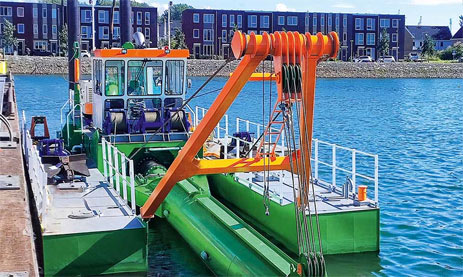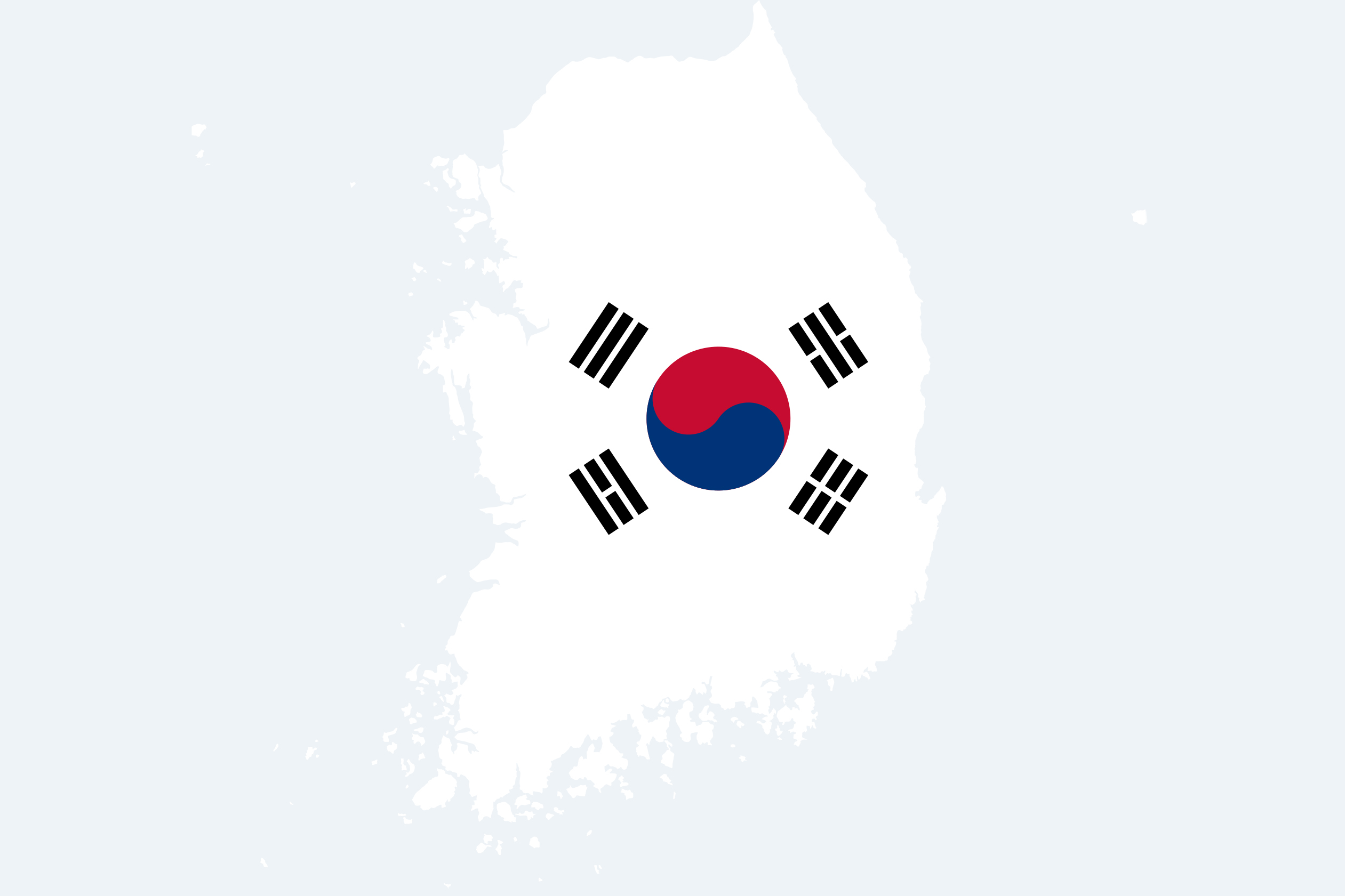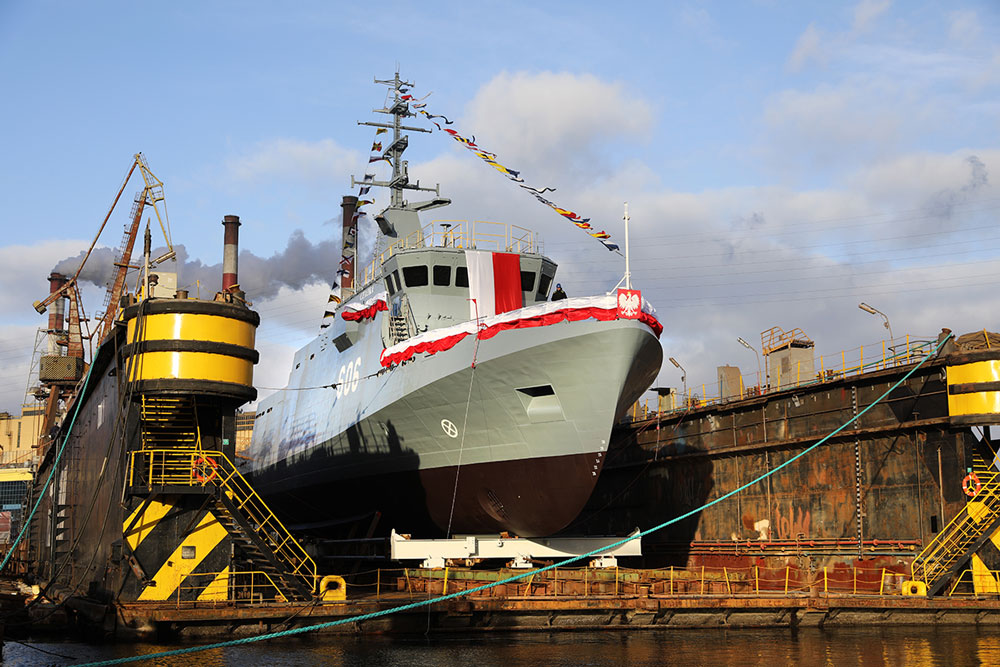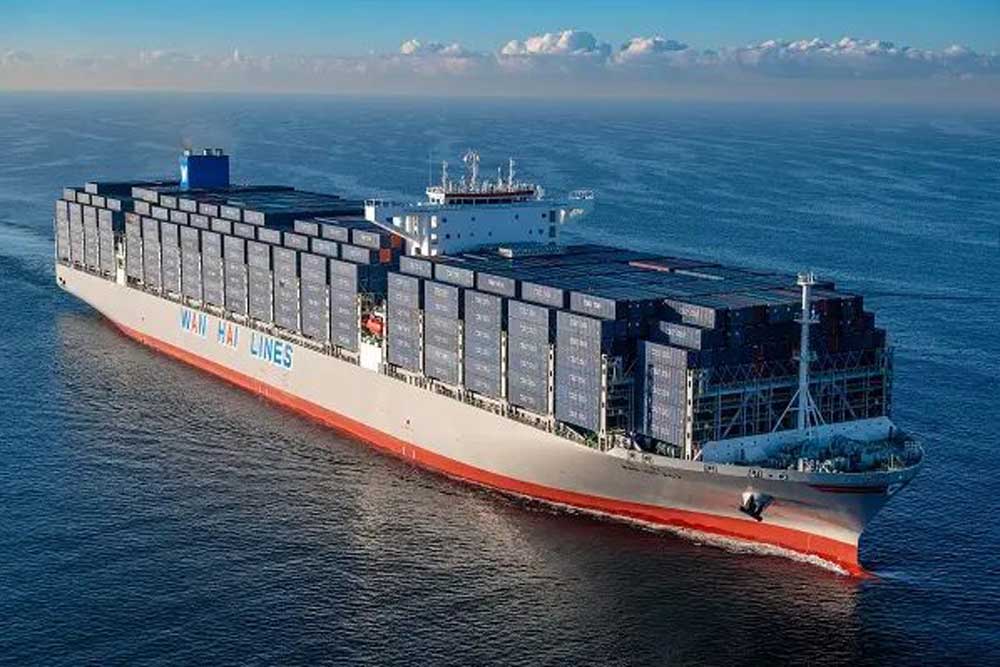A team of scientists, technicians and student assistants from the Thünen Institute of Sea Fisheries in Bremerhaven spent four weeks in March and April on a research cruise in the Atlantic, this time as part of the internationally coordinated Mackerel Egg Survey (MEGS) in the North Atlantic off the coast of Ireland.
The background to this research trip is that the north-east Atlantic mackerel (Scomber scombrus) is one of the most important fish stocks for European fisheries. The central task of this research trip was to determine its spawning biomass, i.e. the part of a fish stock that reproduces.
The assigned study area was covered twice and mackerel and horse mackerel eggs were searched for and found. Students from Bremerhaven University of Applied Sciences and the University of Hamburg also supported the Thünen Institute during the work. In addition, twelve fishing hauls were carried out and samples were taken for the fertility analysis of the adults. At first glance, the spawning events derived from this seem to indicate a smaller mackerel stock than in previous years. However, the results can only be definitively assessed once the results of all participating nations are available in summer 2025 and these are then incorporated into the stock estimates.
Thünen Institute switched to “Tarajoq”
The plan was for this research trip to be the 488th voyage of the German research vessel “Walther Herwig III”. However, the ship, which is now more than 32 years old, was not available, so the Greenlandic research vessel “Tarajoq” was chartered for this trip for the international coordinated mackerel egg survey (MEGS) in the North-East Atlantic. The Thünen Institute’s research trip ended in the Danish port of Hirtshals on April 26.
The Greenland Institute of Natural Resources (Pinngortitaleriffik) received the “Tarajoq” three years ago from the Spanish Balenciaga shipyard. The name Tarajoq comes from the old Inuit word for “sea” and the Greenlandic word for “salt”. The new ship cost around 32 million dollars to build, making it one of Greenland’s largest investments in marine research platforms. It was largely financed by the Greenlandic Sea Administration.
The vessel was designed by the Norwegian shipbuilding company Skipsteknisk AS in Ålesund for fisheries research, fish stock assessments, natural resource monitoring and ocean exploration. It replaced the older ship “Pâmiut”, which was previously used for these tasks.
Research vessel specially designed for Arctic waters
With a size of 61.4 m by 16 m and a draught of 6.4 m, the ice-strengthened “Tarajoq” is specially designed for sailing in Arctic waters and will be in service for many years as Greenland’s most important offshore research vessel. The ship has space for 12 crew members and up to 20 researchers and also has rooms for training purposes and a hospital. A MAN main engine with a total rated power of 3,700 kW delivers a speed of 14 knots.
To carry out research activities in fisheries, the DNV-classed vessel is equipped with trawl gear that is ideal for catching demersal and pelagic species such as shrimp, cod, Greenland halibut, herring, mackerel and capelin. The trawl can be used for fishing up to a depth of 2,300 meters. The seabed mapping equipment can be used to survey up to 3,000 m below the surface. (CE)














